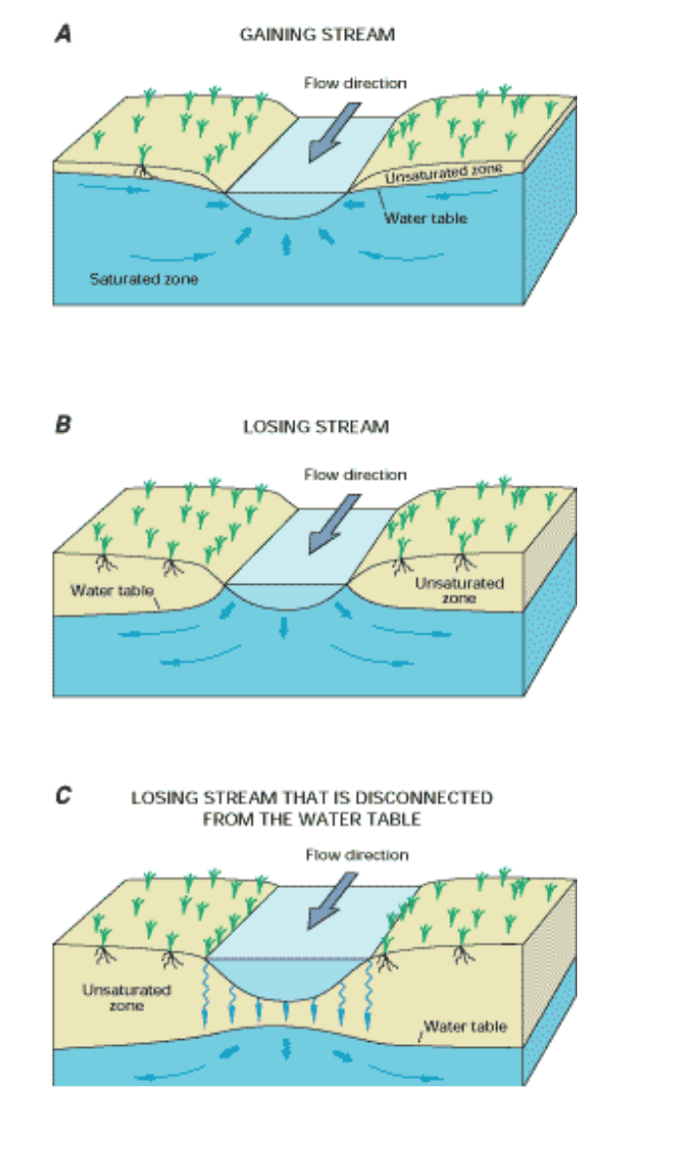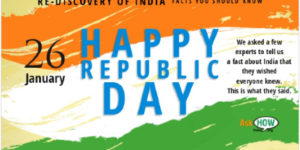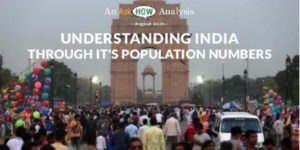Virat Kohli is right. Greta ji is notfeatured
The noted environmental activist Greta Thurnberg and some other celebrities recently expressed their support for farmers protesting against the government of India. It is impossible to doubt the honesty of their sentiment but I do wonder if they have understood the complexity of the issue completely. For example, it is not clear from their tweets whether they appreciate the impact of farming on the environment in the country. In this post, I draw a quick sketch of this impact.
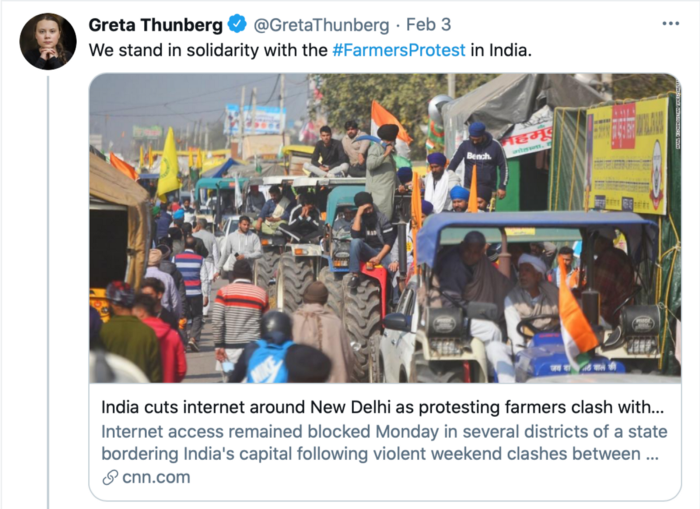
Across India, rivers are extremely dirty. The holy river Yamuna when it passes through Delhi, is worse than a sewer. In our past writing we have identified the hard problem and the harder problem of cleaning rivers. The hard problem being how to stop pollutants entering the river and the harder problem being how to restore the flow of water in the river. Although Sewage Treatment Plants (STPs) are being set up at a higher pace than in the past to address the hard problem, we believe that we have a long road ahead in terms of getting them to work consistently. What is even more disheartening however, is that the harder problem — impact of use of water by agriculture — is understood so little. Agriculture, as it is today, is directly responsible for the state of rivers in the country. To address this lack of understanding, let us start with some basic facts about Yamuna.
The flow of water in Yamuna is very uneven across the year. As this report from Central Pollution Control Boards (CPCB) says, almost 80% of the water flow happens in the three monsoon months of July, August and September. The river has a very different character in the remaining months. Not only is the total flow less, but also almost all available water is taken up by agriculture.
The Yamuna originates in the Himalayas and snow melt in the mountains is one significant reason for a year long supply of water in the river. However, our thirsty agriculture uses up almost all the water in the non monsoon period. It is estimated that nearly all the water in the river is diverted at Hathnikund / Tajewala barrage and is used mainly for agriculture. The water flow in the river, till Chambal joins it, is mainly sewage from Delhi and other cities on its banks. The drying up of Yamuna is not just because of water being diverted for agriculture at Tajewala (and other downstream barrages) though. There is possibly another bigger reason.
Abhijeet Mukherejee and others studied the summer month water flow in the lower reaches of river Ganaga and concluded that groundwater extraction in the catchment area is the main culprit for the severe reduction in water flow in those months. They posit that the underground aquifers continuously feed the river and if the water table falls below the river level, then water flows out of the river as is explained in this image.
Furthermore, Abhijeet et al estimated that the snow melt contribution to the river Ganga in Himalayas was less than 10%! This means that the contribution from underground flows is very important. This analysis is for lower reaches of Ganga but it is very likely that a similar analysis applies to Yamuna too. So, not only is most of the surface flow stopped at Tajewala Bridge, contribution to flow from underground flows is likely to be reduced because of overuse of groundwater. Why does that happen?
Punjab and Haryana farmers have been growing paddy for a few decades. The water demand of this thirsty crop is met from canals and from pumping up groundwater. Studies show that Groundwater levels in Punjab have been declining continuously. For example, this study shows that groundwater level fell at the rate of 2 cm per year in Punjab between the years 2003 and 2014.
Paddy is not local to the region and a large part of the output is sold. The Minimum Support Price guaranteed by the government incentivizes the farming of this crop in an area that is not local to it. Why can’t the farmers switch to other crops? Because the markets for them are not well developed and farmers naturally prefer the price stability offered by MSP as we have explained here. The country spends a lot of money on MSP as well as on other schemes to support farmers. Tellingly, the protesting farmers are demanding a new law that guarantees MSP in some form even though the three laws they are protesting against, are not about MSP.
Falling groundwater and river levels are not the only environmental impact of agriculture. Pesticide and fertilizer overuse directly pollutes water resources. Stubble burning after monsoon — when farmers need to quickly switch from paddy to wheat — contributes significantly to the horrible air quality in those months across North India as we have explained in this post.
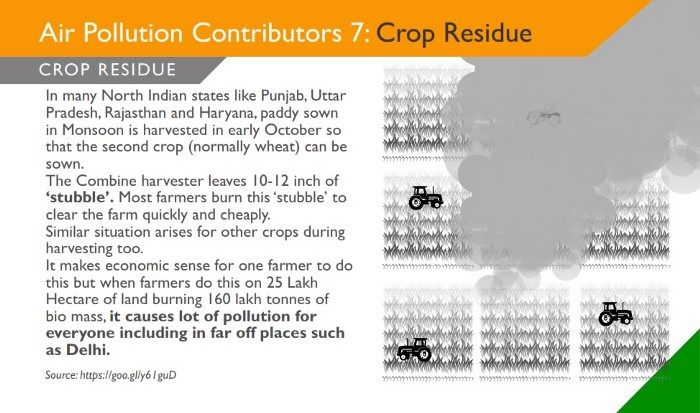
Of course, all this does not mean that the government is ‘right’ and the farmers are ‘wrong’. We have written a long post explaining why the government is doing what it is doing and why the farmers are doing what they are doing and our conclusion is that it is silly to think of this issue in terms of good versus evil. If we have to address the concerns of protesting farmers while tackling the challenge that farming poses to the environment and to badly needed revenues of the government, we need to come together to find a solution.
Celebrities guide our thinking on all sorts of issues even while being extremely busy with their speaking, singing, playing and acting careers. Furthermore, they have the remarkable ability to condense complex issues into 280 characters of a tweet. I don’t have this ability and hence I have gone with the tweet of our cricketer Viirat Kohl. I feel that his guidance may be more relevant on this issue than that of the environmentalist, Greta ji.

If you liked what you read, please do share. You may find my past writings on this subject interesting.
- Frequently asked questions on farmers protests
- Has the lockdown clean Yamuna? No!
- Air pollution and Climate Change are different issues.
- The hard problem and the harder problem of cleaning Ganga
As always, comments, criticism and praise are all welcome — preferably on the comments section of this blog!
Author –
Yogesh Upadhyaya
(Yogesh Upadhyaya is one of the founders of AskHow India. Blogs are personal views.)
You can follow AskHow India (@AskHowIndia) or me (@uppi89) on twitter or me on LinkedIn

